
The Organic Produce Network and Nielsen report sales of organic fresh produce items approached $5 billion in 2017, an 8 percent increase from the previous year. Nearly 2 billion pounds of organic produce were sold in grocery stores last year, which is a 10 percent volume increase from 2016.
At U.S. retail stores, sales of organic fresh vegetables were $2.4 billion. Organic fresh fruit sales exceeded $1.6 billion. Sales of nearly $1 billion in organic value-added produce items brought total sales to $4.8 billion in 2017.
In 2017 organic packaged salad was again the leading organic fresh produce item, approaching $1 billion in sales. Packaged salad still accounts for one in five organic dollars.
Topping the sales in organic fruit were berry crops, which saw a 22 percent increase in volume sales. Organic berry sales, which include strawberries, blueberries and blackberries, topped $586 million in 2017.
http://www.organicproducenetwork.com/article/384/nielsen-and-opn-announce-organic-fresh-produce-retail-sales-reach-nearly-5-billion-in-2017
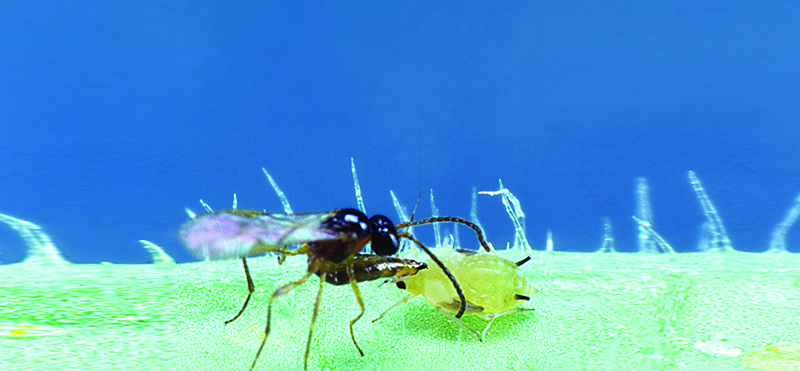

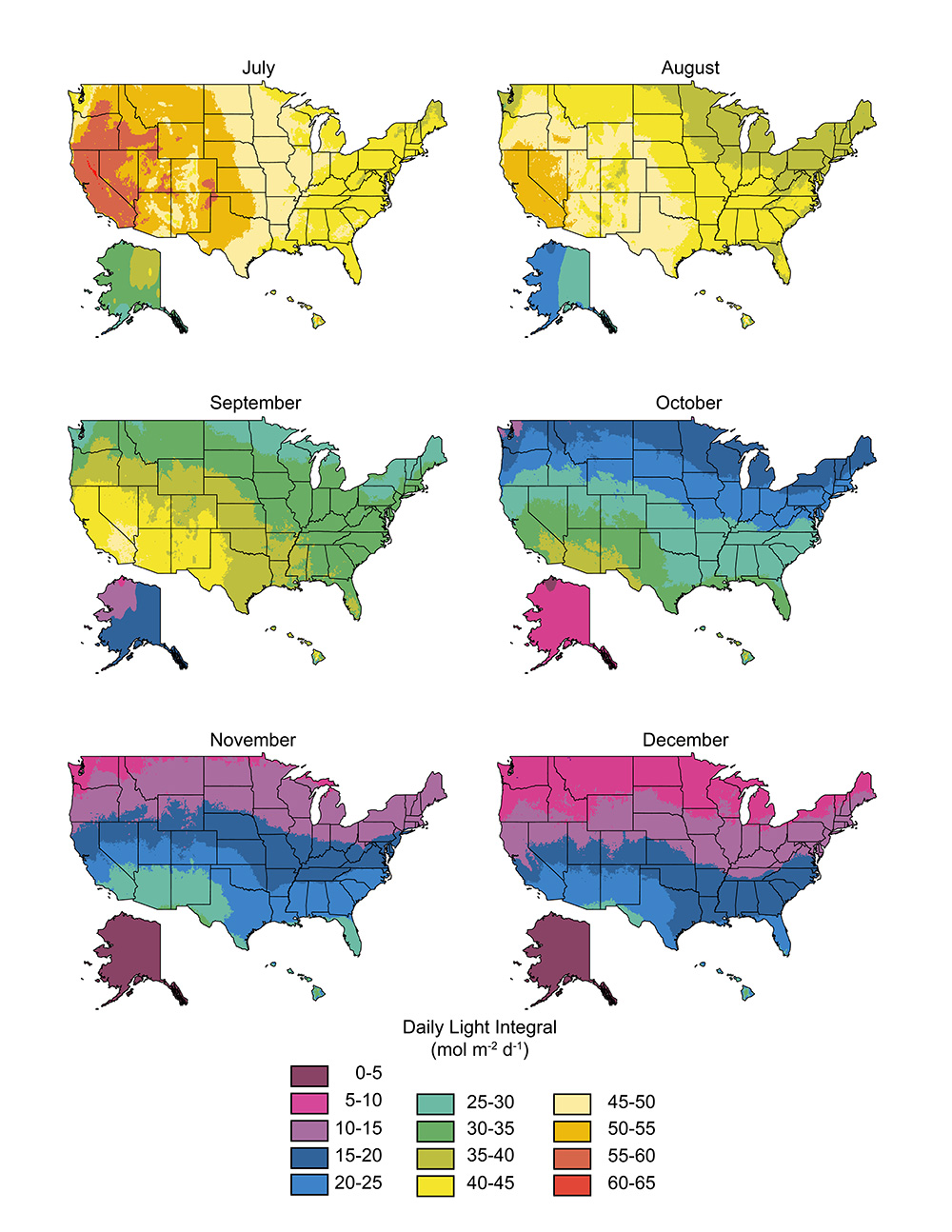
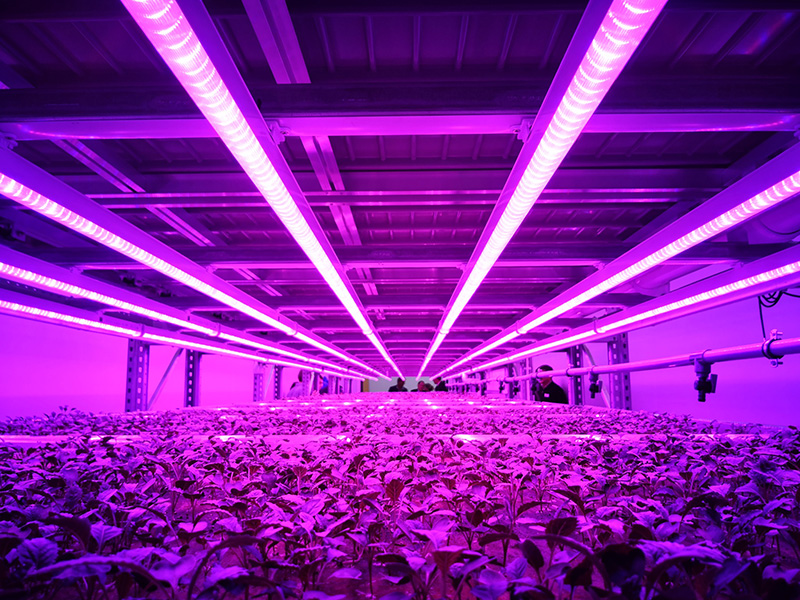
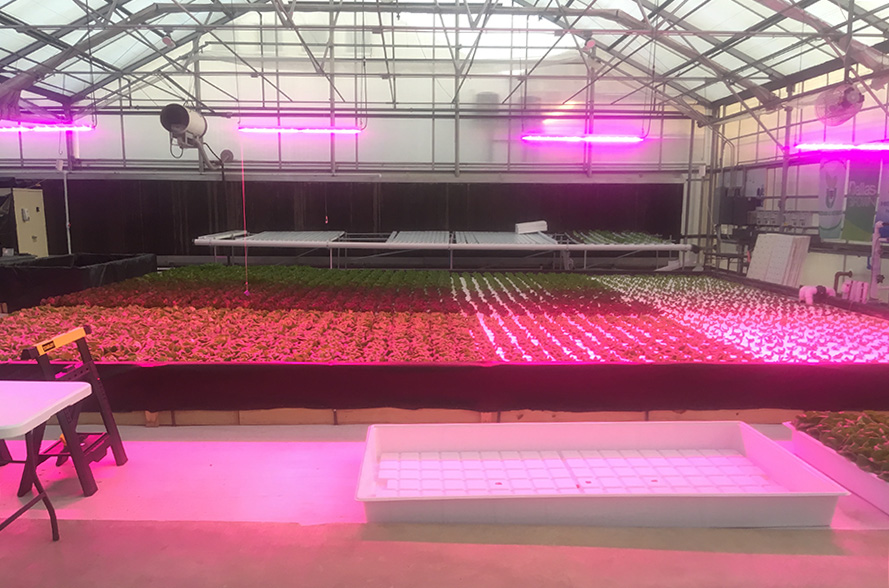

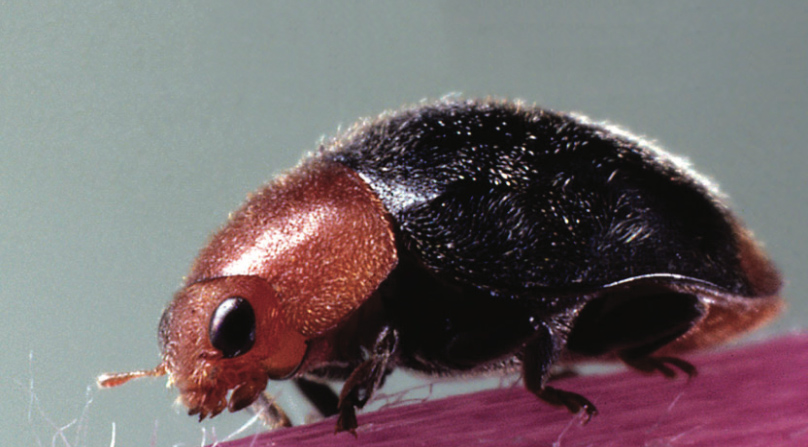






You must be logged in to post a comment.